Acmella oppositifolia is a medicinal, Shrubs, Regular flower plant. Commonly known as: Acmella oppositifolia, Oppositeleaf Spotflower, Creeping Spotflower, Acmella repens, Toothache Plant, Electric Daisy, Para cress, Spilanthes, Jambu, Szechuan Buttons, Buzz Buttons, Tingflowers etc. American people called is Oppositeleaf Spotflower(English name), where the genus name is “Acmella,” and the species name is “oppositifolia.”
Acmella oppositifolia: Image, Toxicity, Uses and Propagation.
Acmella oppositifolia is native in South America, South Bangladesh, Russia, India, Myanmar etc. While it may be cultivated or introduced in other regions, its native range is centered in countries like Brazil, Peru, and Ecuador.
Overview of the Acmella oppositifolia.
The plant contains spilanthol, a compound that induces a tingling or numbing sensation when consumed, particularly in the mouth.
Roots of Acmella oppositifolia.
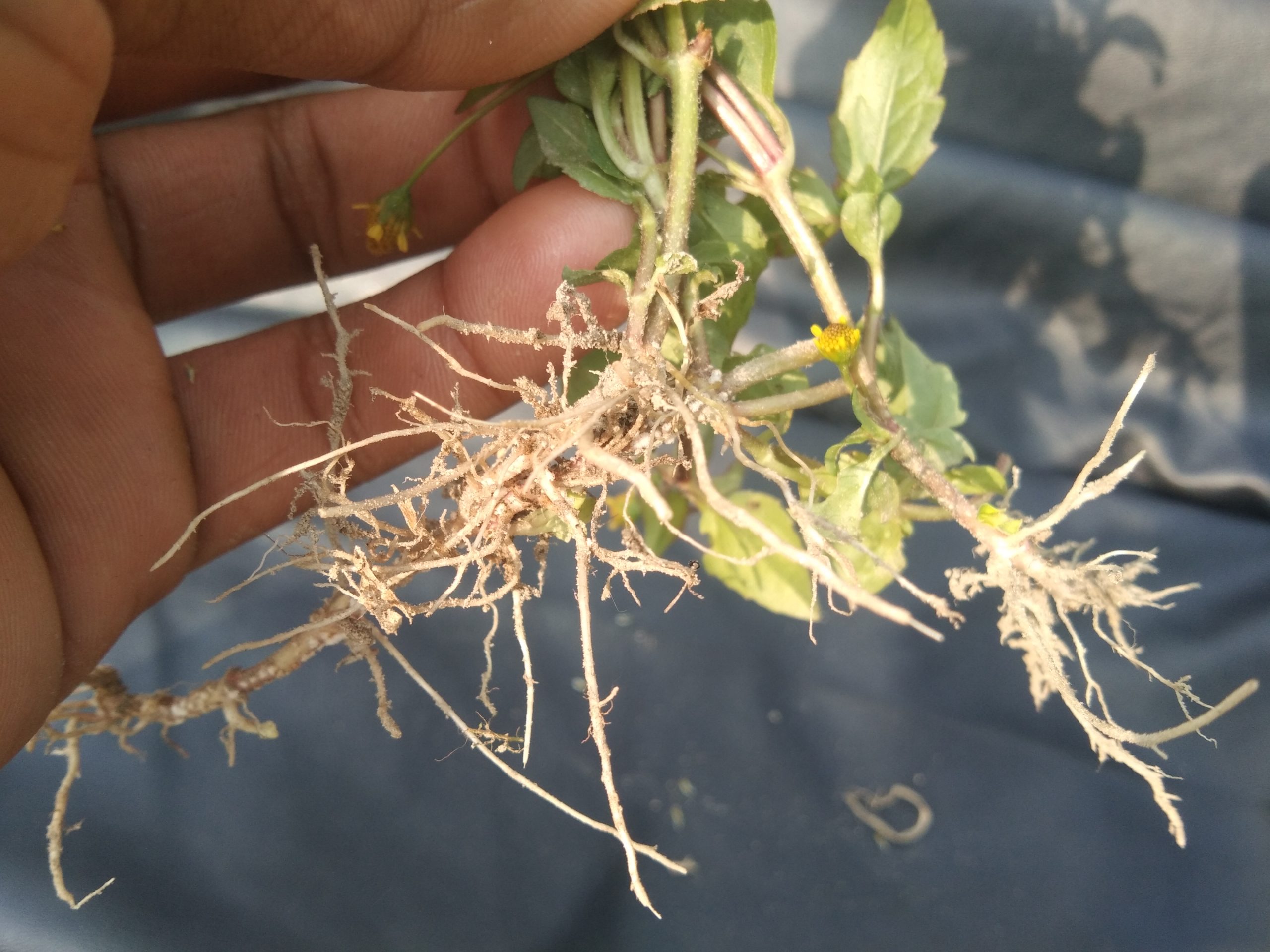
Roots of the Acmella oppositifolia.
Acmella oppositifolia typically has a taproot system. This type of root system consists of a main, central root that extends deep into the soil, with smaller lateral roots branching off from it. White color root and 5 month old plant’s root is 8 to 9 cm long. Roots are strong and roots have 30 to 35% water with mineral sold.
Leaves of Acmella oppositifolia:
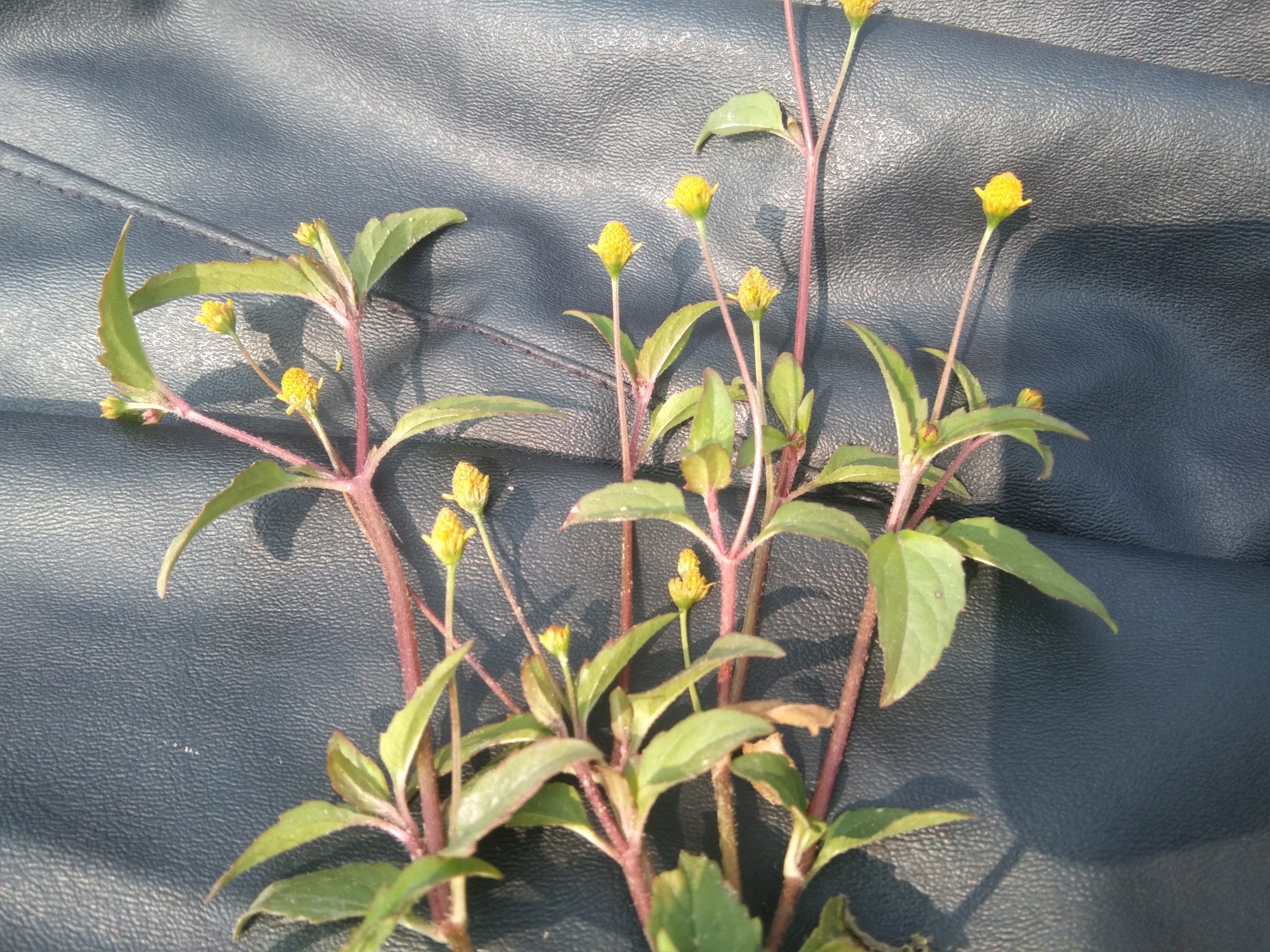
Leaves of Acmella oppositifolia.
The leaves of Acmella repens are generally opposite, meaning they are arranged in pairs along the stem, with each pair situated across from each other. The leaves are simple, often lance-shaped, and have a smooth or slightly toothed margin. The plant is also known for its distinctive bright green foliage. Corner of the leaves are light red border. As a result this leaves look attractive. The leaves of this plant are not eaten by domestic animals or birds. The taste of the leaves is bitter, but the juice of these leaves is effective enough to suppress stomach worms.
The leaves of an adult Creeping Spotflower range from 2.54 centimeters to 2.60 cm in length. Width is 1.34 cm to 1.50 cm. Leaf weight 2 to 3 grams. A leaf lives up to 50 days after which the leaf dries up in the sun and dies and new leaves grow.
Stems of Acmella oppositifolia.
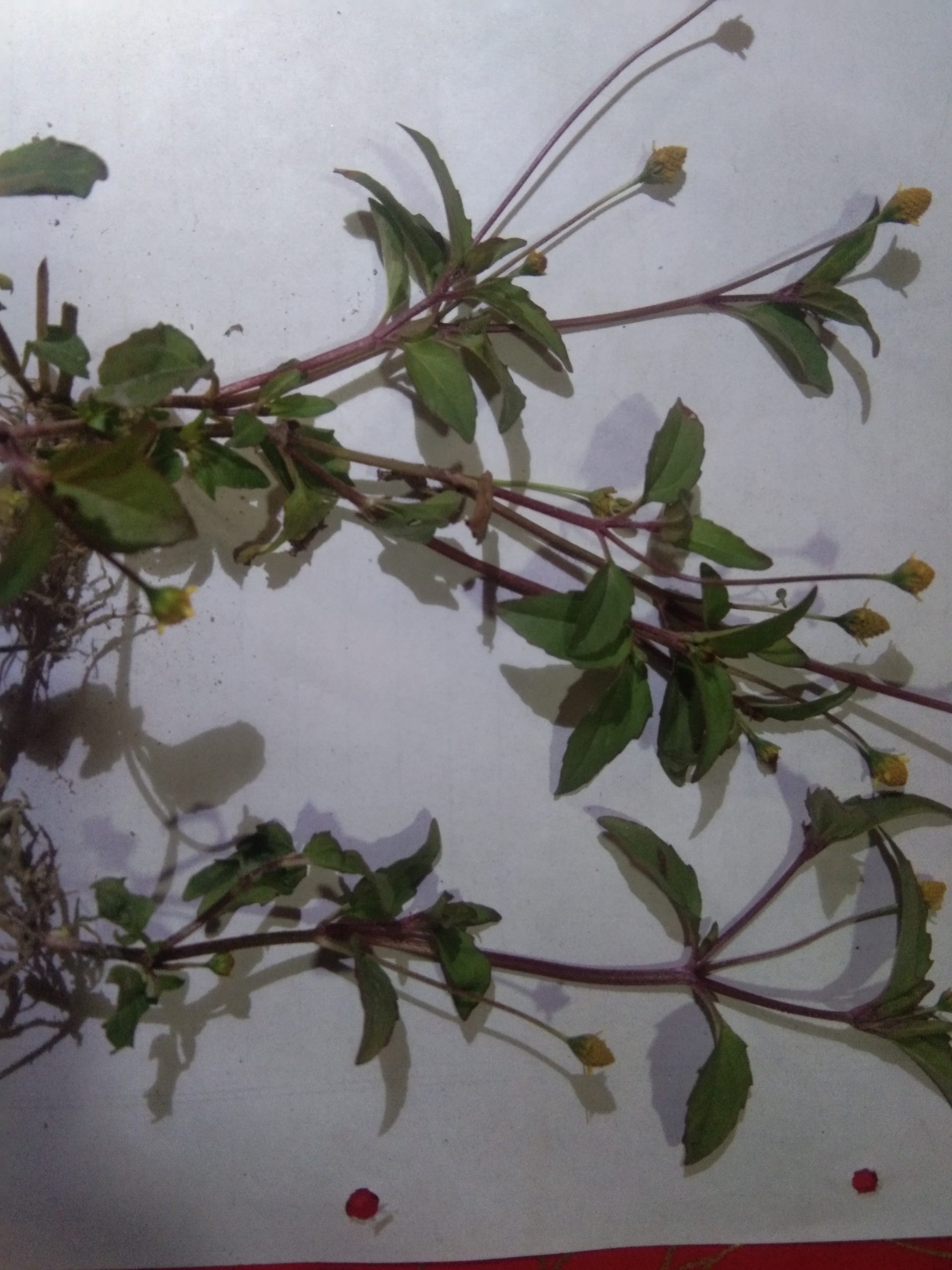
Stems of Acmella oppositifolia.
The stems of Creeping Spotflower are typically erect and branching. They may have a reddish or greenish color, and the plant overall has a bushy or spreading growth habit. The stems bear the opposite arrangement of leaves along their length, and they contribute to the overall structure of the plant. Stems are quite hard and 10 to 12 percent water exists. These stems are used for fuel in rural area.
Flower of the Acmella oppositifolia.
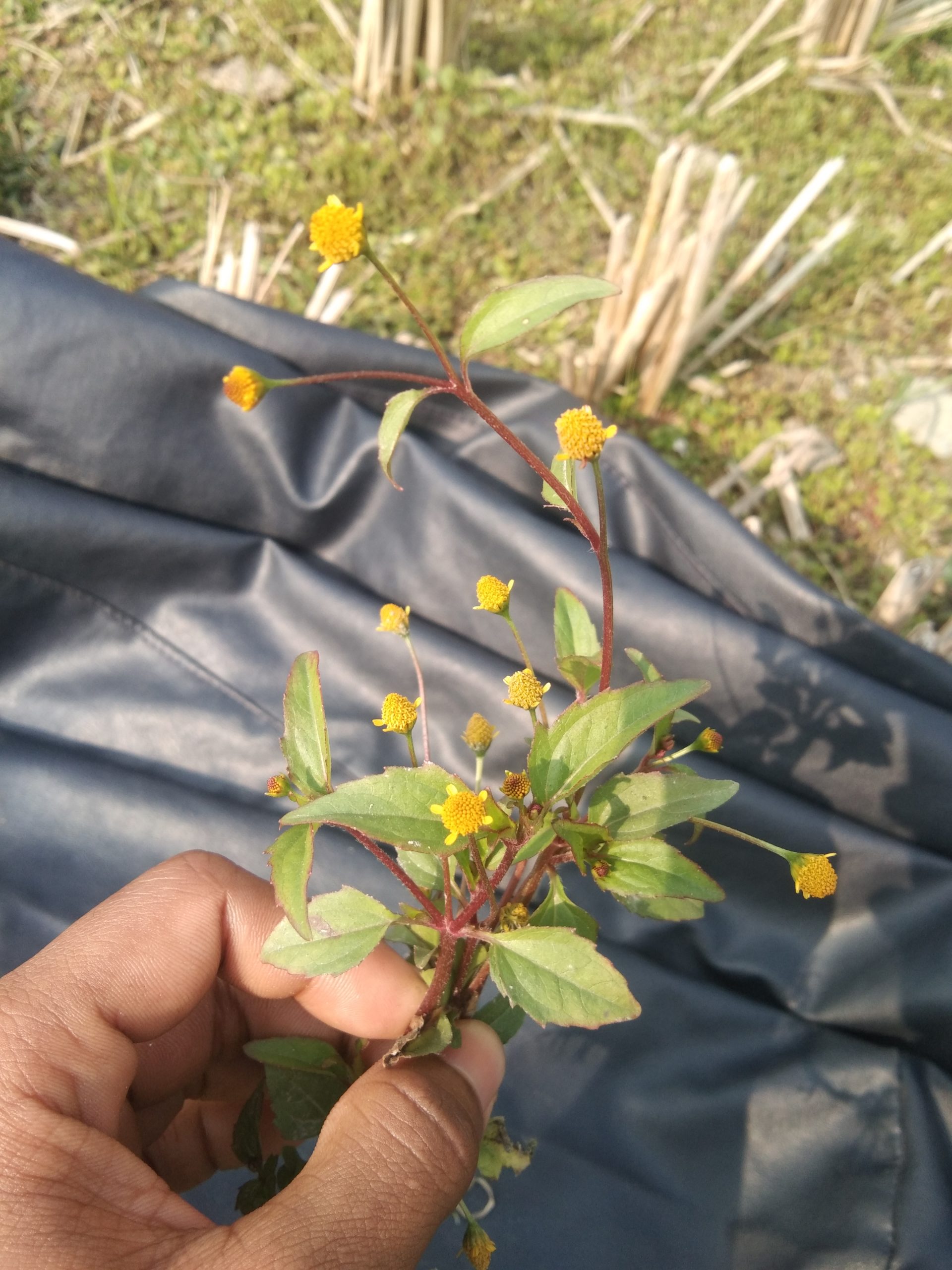
Flower of the Acmella oppositifolia.
Oppositeleaf Spotflower produces small, yellow to orange disc-shaped flowers. The flowers are often daisy-like in appearance and can have a central cone surrounded by petal-like structures. These blooms are known for their ornamental value and are sometimes referred to as “Buzz Buttons” due to their electric or tingling sensation when consumed.
Creeping Spotflower flower weight is 1.5 to 2 gm. When a plant is 2 to 3 months old, the plant flowers and then pollination takes place. After 7 days the flowers dry and begin the process of making seeds. After 20 days the seeds mature and are capable of producing new seedlings.
The suitable temperature of Creeping Spotflower is 10 to 20 Celsius. However, these plants are more common in temperate countries and the flowers or fruits of these plants are found throughout the year. In America, the weather is temperate in August and September, so Acmella repens is more common at this time. Again, January to June is temperate in the Asia continent, so these flowering plants are seen more in the Asia continent at that time. Therefore in temperate places this plant is able to give flowers and fruits throughout the year.
Fruits of the Acmella oppositifolia:
Acmella repens produces small, seed-like fruits. These fruits are usually inconspicuous and not as prominent as the colorful flowers. They contain the seeds of the plant and contribute to its reproductive cycle. The primary interest in this plant often lies in its distinctive flowers and their culinary or medicinal uses rather than its fruit.
Characteristics of the Acmella oppositifolia.
1. Opposite leaves arranged in pairs along the stem.
2. Erect and branching stems contributing to a bushy appearance.
3. Contains spilanthol, inducing a tingling or numbing sensation; traditionally used for toothache relief.
4. Small, disc-shaped, yellow to orange flowers resembling daisies.
5. Taproot system with a central main root extending deep into the soil.
6. Ornamental plant cultivated for unique flowers and foliage.
7. Native to South America, particularly in countries like Brazil, Peru, and Ecuador.
8. Culinary and medicinal uses in certain cultures.
Habitat of Acmella oppositifolia.
Oppositeleaf Spotflower is commonly found in open areas, including fields, meadows, and disturbed habitats. It thrives in well-drained soils and is often encountered in tropical and subtropical regions of South America, where it is native. The plant can adapt to different environmental conditions. You can also cultivate it in gardens for ornamental and medicinal purposes.
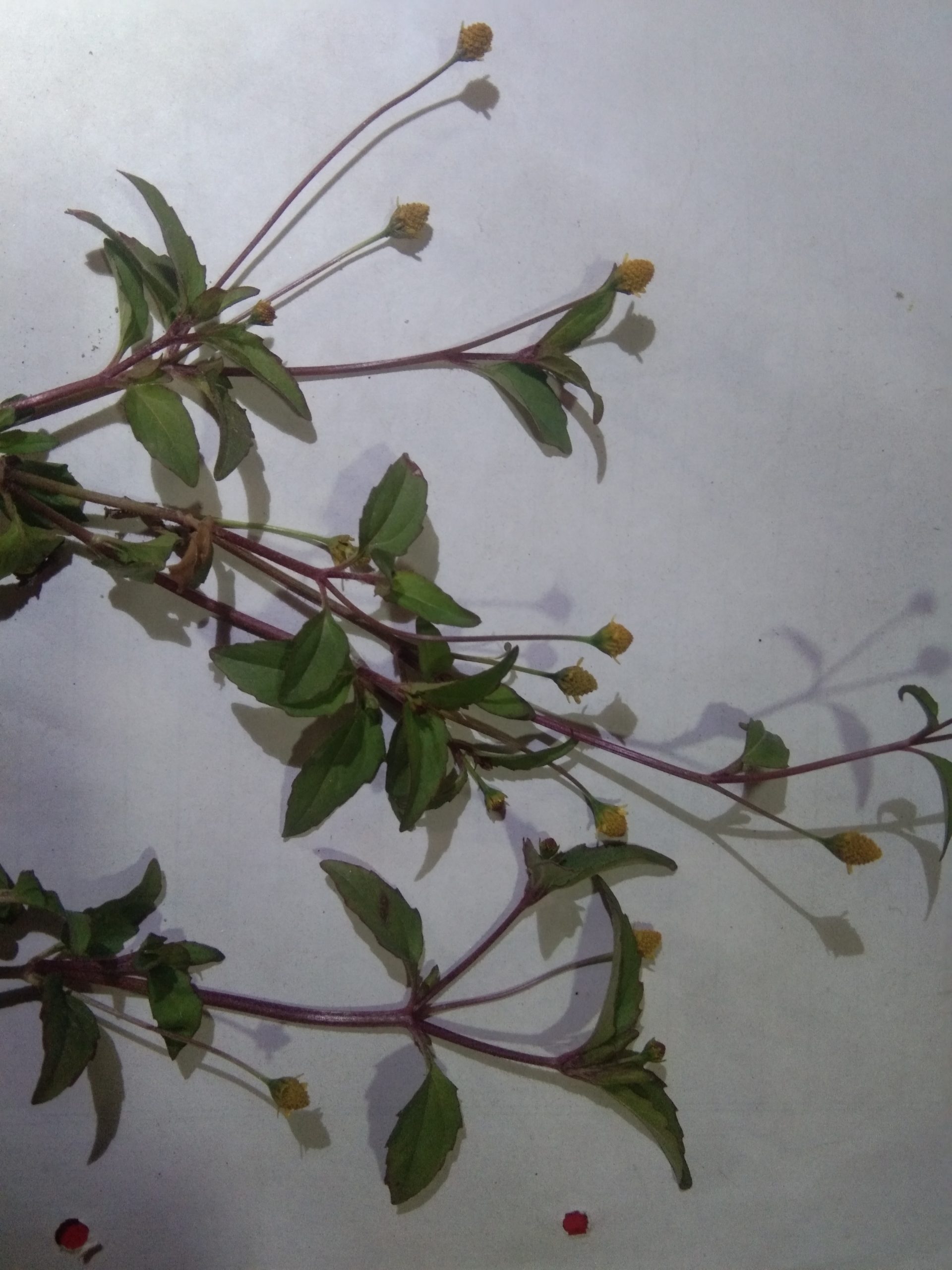
Doing research with Acmella oppositifolia in a lab.
Life cycle of Acmella oppositifolia.
Day 1-22: Seed Germination
Day 22-90: Vegetative Growth
Day 90-120: Flowering
Day 120-150: Pollination
Day 150-180: Seed Development
Day 180-210: Seed Dispersal
Day 210+: Germination (New Cycle)
Scientific Classification of the Acmella oppositifolia.
Kingdom: Plantae
Division (or Phylum): Angiosperms (Flowering plants)
Class: Eudicots
Order: Asterales
Family: Asteraceae
Genus: Acmella
Species: oppositifolia
The propagation process of Acmella oppositifolia.
The propagation process of Creeping Spotflower typically involves seed germination or vegetative propagation through cuttings. Seeds can be sown in a suitable growing medium, and the seedlings can be transplanted once they are established. Alternatively, vegetative propagation involves taking cuttings from mature plants and rooting them to grow new plants. The specific details of propagation may vary, and it’s advisable to refer to gardening or horticultural resources for precise guidelines.
Medical uses of Acmella oppositifolia: Benefits.
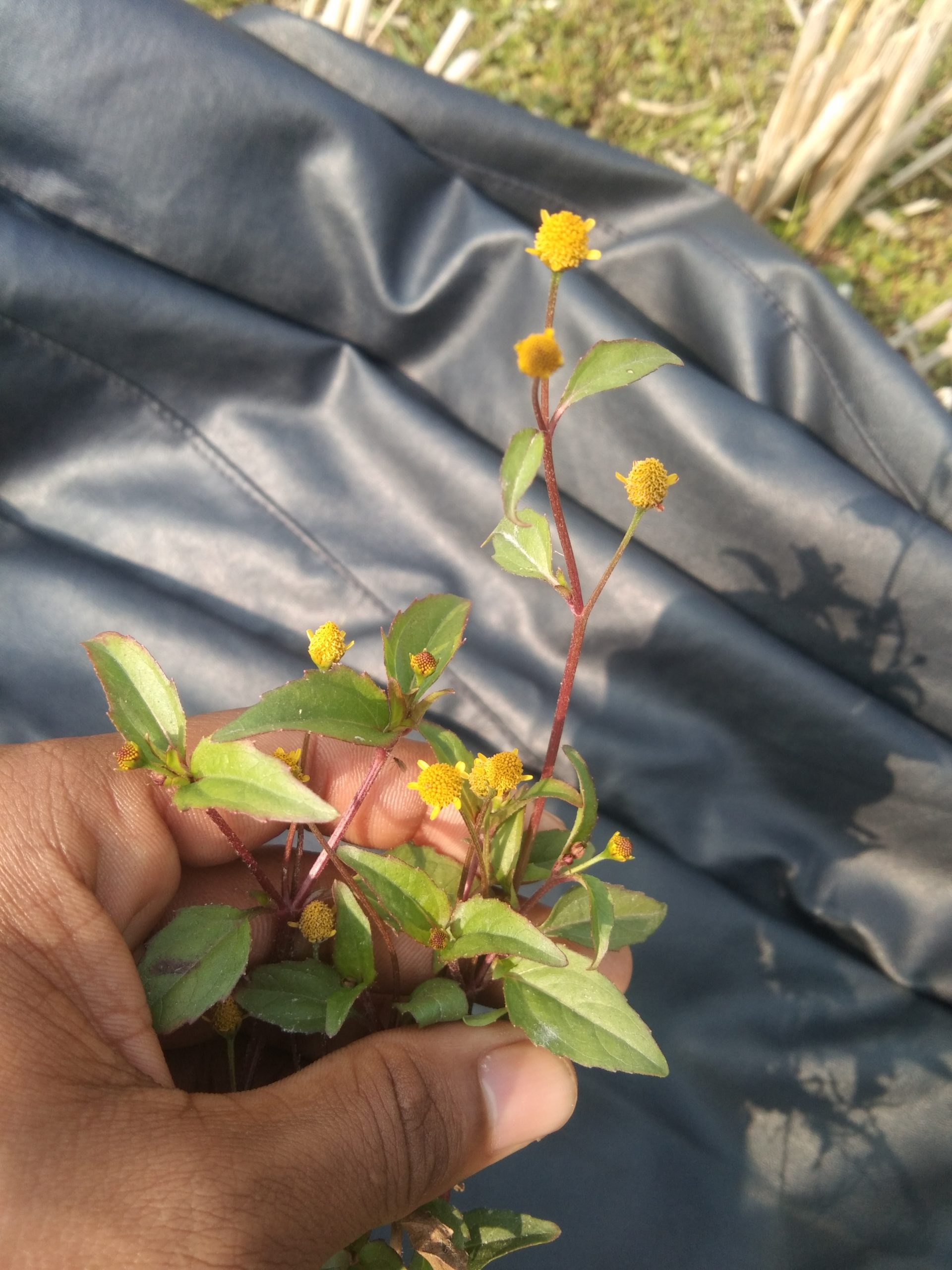
Flower of the Acmella oppositifolia on the Hand.
Creeping Spotflower, commonly known as Toothache Plant, has been traditionally used for various medicinal purposes:
1. Toothache Relief:
The plant contains spilanthol, which induces a tingling or numbing sensation. This property has led to its traditional use for relieving toothaches and gum pain.
2. Anti-Inflammatory:
Some studies suggest that Oppositeleaf Spotflower may have anti-inflammatory properties, making it potentially useful in traditional medicine for managing inflammation.
3. Antibacterial:
Extracts from the plant have shown antibacterial activity in certain studies, suggesting potential applications in fighting bacterial infections.
4. Culinary Uses:
In some cultures, the plant is used in culinary practices, adding a unique flavor to dishes.
Note: While traditional uses exist, further research is needed to fully understand and validate the medicinal properties of Creeping Spotflower. Always consult with healthcare professionals before using plants for medicinal purposes.
Antimicrobial Properties of Acmella oppositifolia:
Acmella repens has demonstrated antimicrobial properties in certain studies. The plant contains bioactive compounds, including spilanthol, which have shown antibacterial activity. These antimicrobial properties make it of interest in traditional medicine for potential applications in fighting bacterial infections
Toxicity of the Acmella oppositifolia.
The leaves of Acmella repens taste bitter. If it is crushed by hand, it emits bad smell. However, its leaves are not poisonous. Rather, the leaves and flowers of this plant are used as a beneficial homeo medicine. The flowers of Acmella oppositifolia plant are chewed in your mouth and you will feel a slightly bitter taste on your tongue and lips. However, it is effective enough to cure bad breath. However, the fruits or flowers of this plant are not eaten by domestic animals.
FAQ: Acmella oppositifolia.
1. Acmella uliginosa and Acmella oppositifolia are same ?
Answer: Acmella uliginosa and Acmella oppositifolia are distinct plant species within the Acmella genus. While they share the same genus, they are different species with unique characteristics. Each species may have variations in their morphology, distribution, and bioactive compounds. It’s important to differentiate between them when discussing their botanical features or potential uses.
2. Do domestic animals eat the leaves or flowers of Acmella oppositifolia?
Answer: Oppositeleaf Spotflower is not eaten by domestic animals due to its bitter taste and flowers.
3. Where does Acmella oppositifolia grow the most?
Answer: Grows in fertile soil, normal temperature and at least 20 to 30 percent water in the soil.
4. What is the weight of the leaves of Acmella oppositifolia?
Answer: Each healthy and disease free leaf weighs 2 to 3 grams.
5. What is Acmella oppositifolia used for?
Answer: Acmella oppositifolia or oppositifolia is a medicinal herb used in the treatment of acne, skin diseases, fever, and other health problems.
Beautiful Image of the Acmella oppositifolia.

Leaves of Acmella oppositifolia.

Flower of the Acmella oppositifolia on the Hand.

Stems of Acmella oppositifolia.

Flower of the Acmella oppositifolia.

Doing research with Acmella oppositifolia in a lab

Roots of the Acmella oppositifolia.
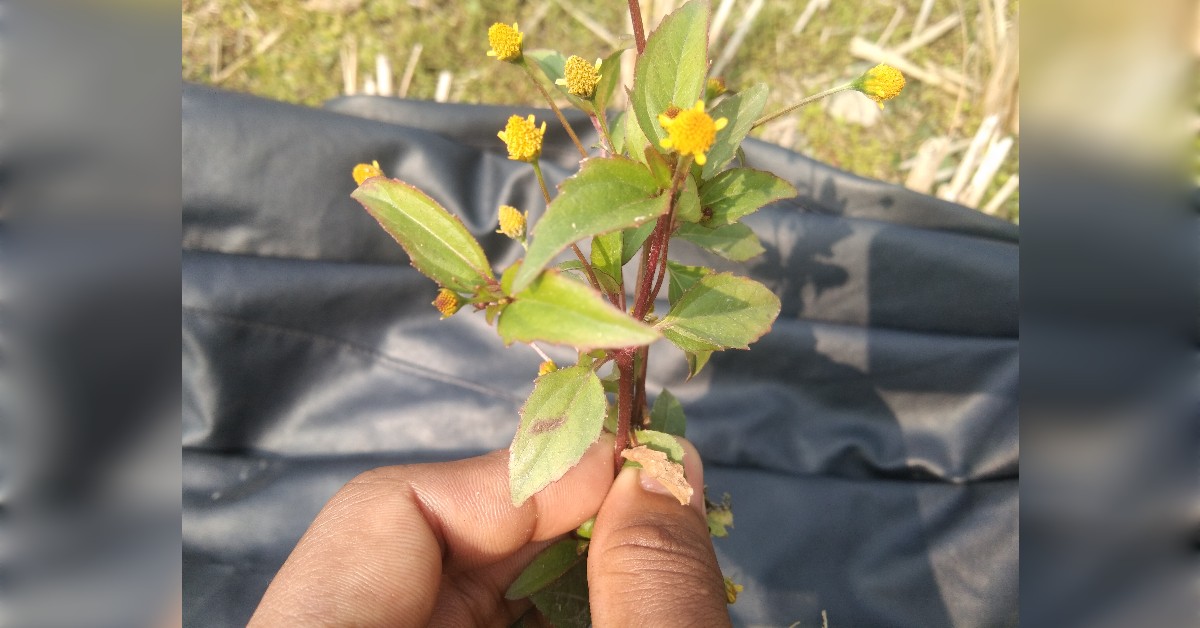
Acmella oppositifolia.
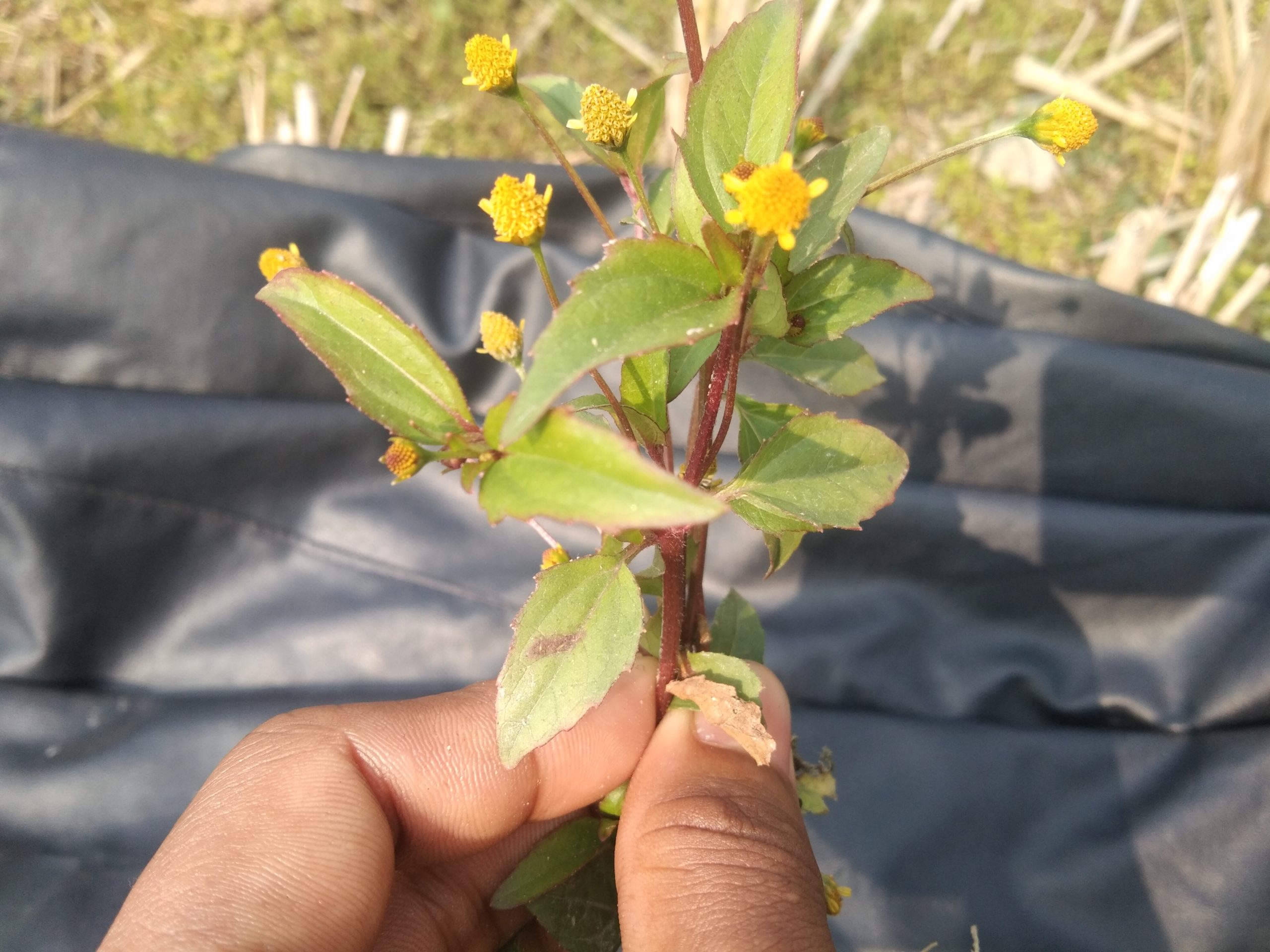
Plant of the Acmella oppositifolia.
You can visit our another article:
Captivating Beauty of the Hill Glory Bower
Neolamarckia cadamba: Benefits, Habitat, Price or Propagation

Information is accurate. Can I publish a article into your website ?
Totally extraordinary.
Is this photo are free for use in online purpose?
Хорошая дискуссия и презентация.
Времена меняются, и финансовый рынок не стоит на месте. Если вы столкнулись с отказами от традиционных банков, не отчаивайтесь. Обратите внимание на.
Giving 5🔯
Yeah… Your information is accurate
We are always accurate. Don’t forget to share with your friend.